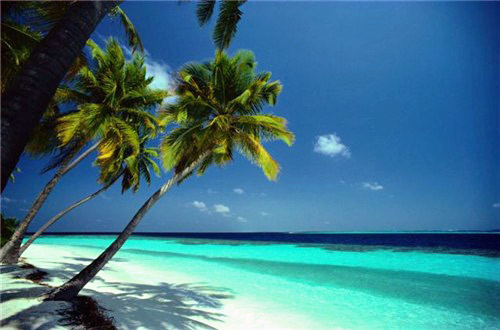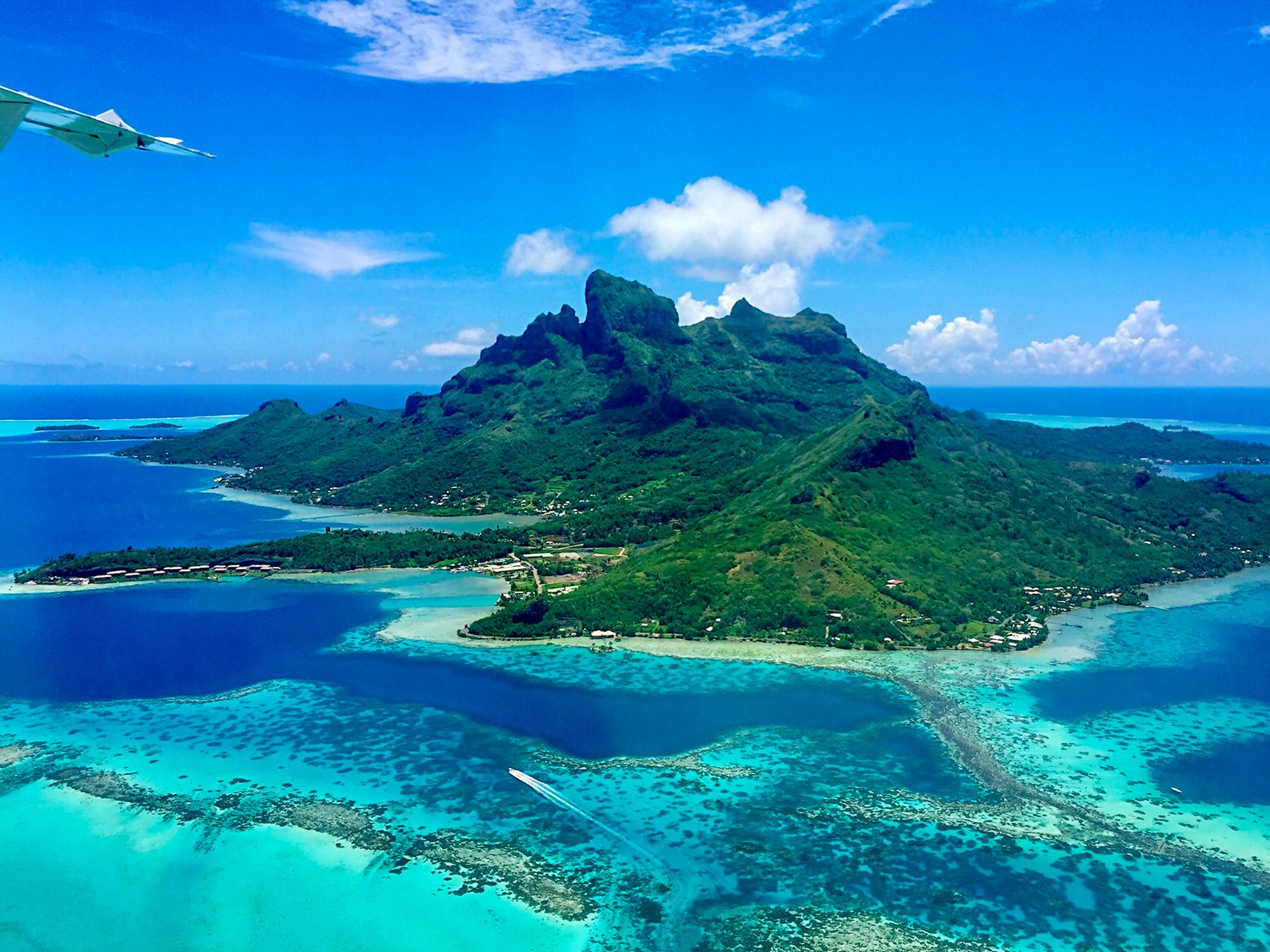Booklet: Guadeloupe Archipelago and its Treasures (Personalized and Private Mail Stamps 2019)
Guadeloupe Archipelago and its Treasures (Personalized and Private Mail Stamps 2019)
01 September (Personalized and Private Mail Stamps ) within release France : Collector. Guadeloupe Archipelago and its Treasures goes into circulation Booklet Guadeloupe Archipelago and its Treasures face value 8*Lettre No Face Value
| Booklet Guadeloupe Archipelago and its Treasures in catalogues | |
|---|---|
| Colnect codes: | Col: FR-MON 2019-134 |
Booklet is square format.
Also in the issue France : Collector. Guadeloupe Archipelago and its Treasures:
- Stamp - Guadeloupe 1 face value Lettre;
- Stamp - Guadeloupe 2 face value Lettre;
- Stamp - Guadeloupe 3 face value Lettre;
- Stamp - Guadeloupe 4 face value Lettre;
- Stamp - Guadeloupe 5 face value Lettre;
- Stamp - Guadeloupe 6 face value Lettre;
- Stamp - Guadeloupe 7 face value Lettre;
- Stamp - Guadeloupe 8 face value Lettre;
- Booklet - Guadeloupe Archipelago and its Treasures face value 8*Lettre;
Booklet Guadeloupe Archipelago and its Treasures it reflects the thematic directions:
A beach is a landform alongside a body of water which consists of loose particles. The particles composing a beach are typically made from rock, such as sand, gravel, shingle, pebbles, etc., or biological sources, such as mollusc shells or coralline algae. Sediments settle in different densities and structures, depending on the local wave action and weather, creating different textures, colors and gradients or layers of material.
Coastal areas are local administrative units (LAUs) that are bordering or close to a coastline. A coastline is defined as the line where land and water surfaces meet (border each other).
In microeconomics, an industry is a branch of an economy that produces a closely related set of raw materials, goods, or services.For example, one might refer to the wood industry or to the insurance industry.
An island or isle is a piece of land, distinct from a continent, completely surrounded by water. There are continental islands, which were formed by being split from a continent by plate tectonics, and oceanic islands, which have never been part of a continent. Oceanic islands can be formed from volcanic activity, grow into atolls from coral reefs, and form from sediment along shorelines, creating barrier islands. River islands can also form from sediment and debris in rivers. Artificial islands are those made by humans, including small rocky outcroppings built out of lagoons and large-scale land reclamation projects used for development.
A landscape is the visible features of an area of land, its landforms and how they integrate with natural or man-made features. A landscape includes the physical elements of geophysically defined landforms such as (ice-capped) mountains, hills, water bodies such as rivers, lakes, ponds and the sea, living elements of land cover including indigenous vegetation, human elements including different forms of land use, buildings and structures, and transitory elements such as lighting and weather conditions. Combining both their physical origins and the cultural overlay of human presence, often created over millennia, landscapes reflect a living synthesis of people and place that is vital to local and national identity. The character of a landscape helps define the self-image of the people who inhabit it and a sense of place that differentiates one region from other regions. It is the dynamic backdrop to people’s lives. Landscape can be as varied as farmland, a landscape park, or wilderness. The earth has a vast range of landscapes, including the icy landscapes of polar regions, mountainous landscapes, vast arid desert landscapes, islands and coastal landscapes, densely forested or wooded landscapes including past boreal forests and tropical rainforests, and agricultural landscapes of temperate and tropical regions.
In geology, rock (or stone) is any naturally occurring solid mass or aggregate of minerals or mineraloid matter. It is categorized by the minerals included, its chemical composition, and the way in which it is formed. Rocks form the Earth's outer solid layer, the crust, and most of its interior, except for the liquid outer core and pockets of magma in the asthenosphere. The study of rocks involves multiple subdisciplines of geology, including petrology and mineralogy. It may be limited to rocks found on Earth, or it may include planetary geology that studies the rocks of other celestial objects.
In the visual arts, a cityscape (urban landscape) is an artistic representation, such as a painting, drawing, print or photograph, of the physical aspects of a city or urban area. It is the urban equivalent of a landscape. Townscape is roughly synonymous with cityscape, though it implies the same difference in urban size and density (and even modernity) implicit in the difference between the words city and town. In urban design the terms refer to the configuration of built forms and interstitial space.





